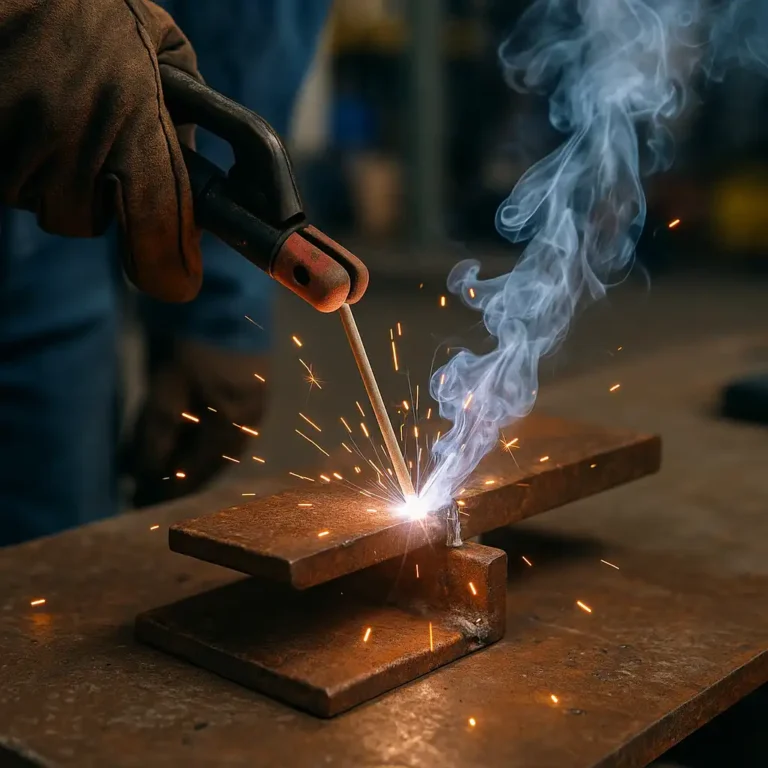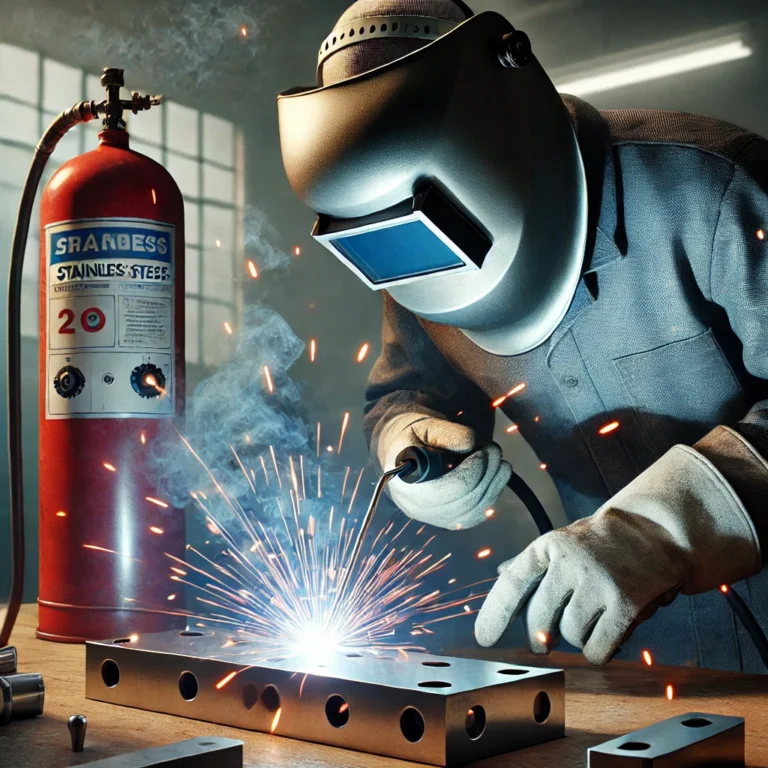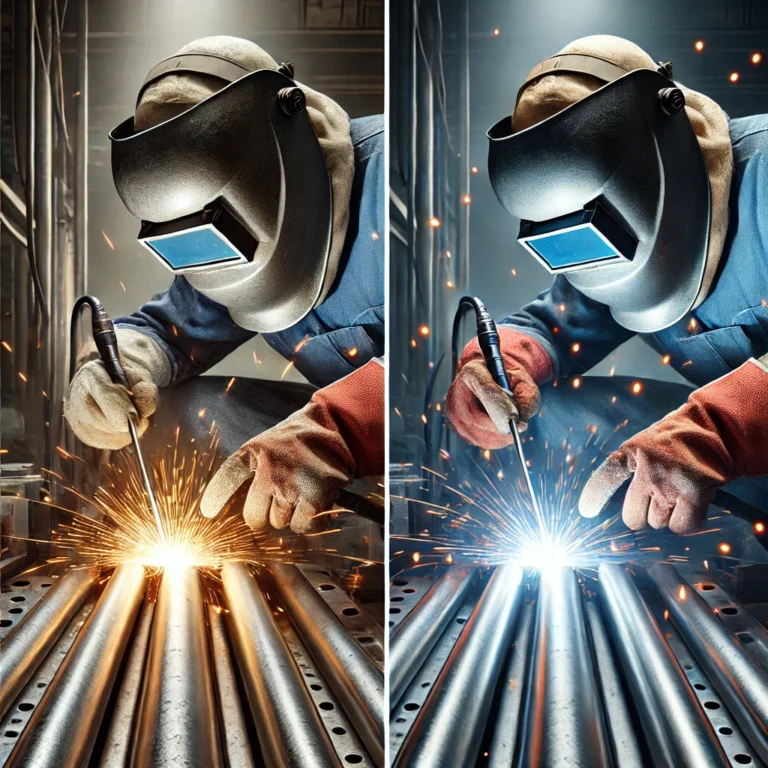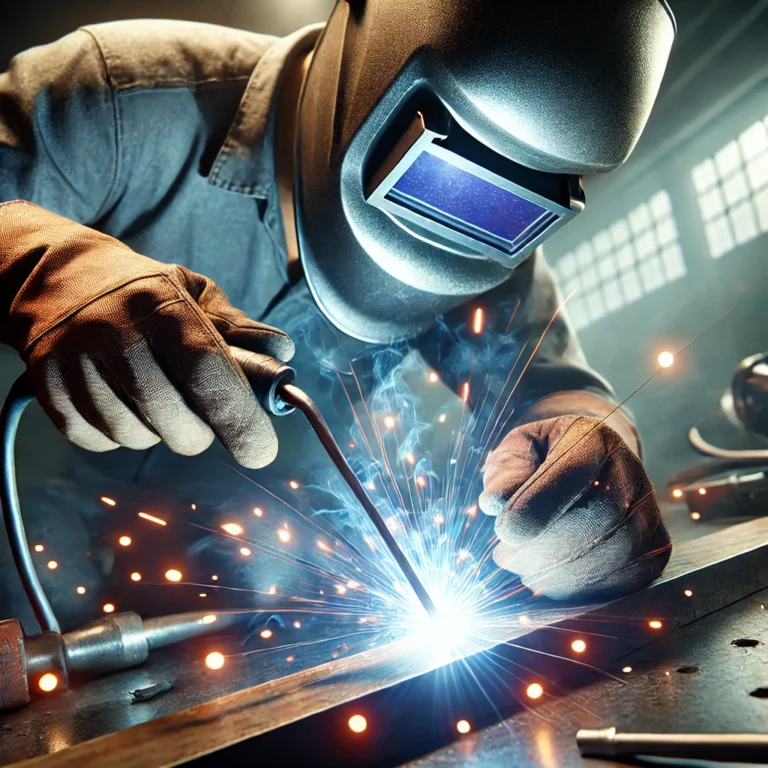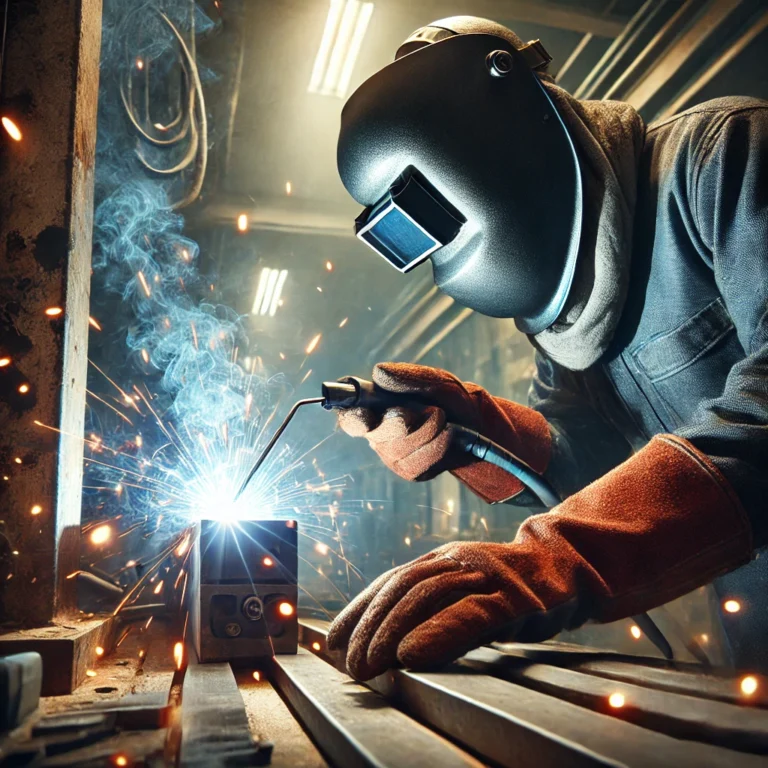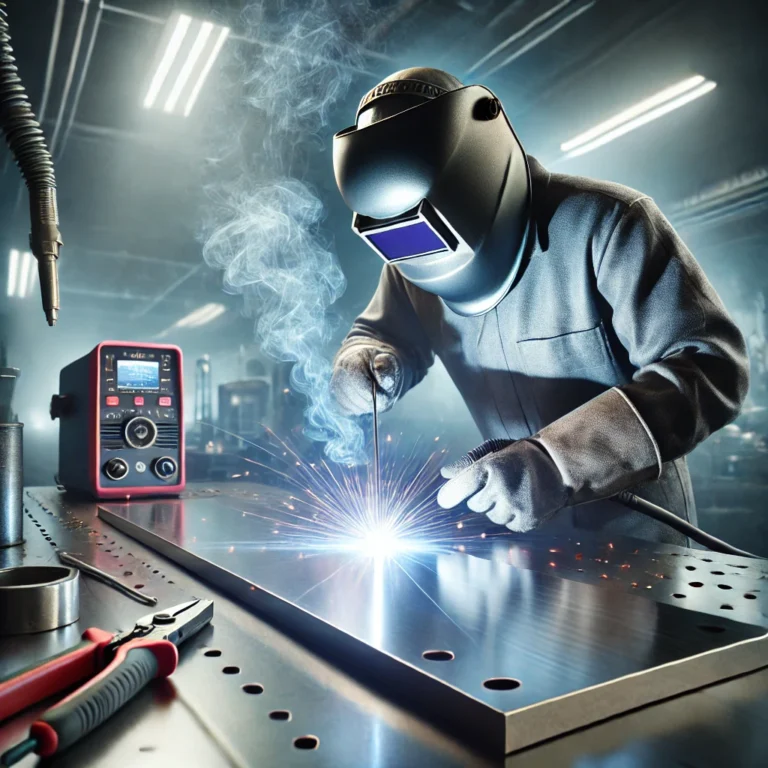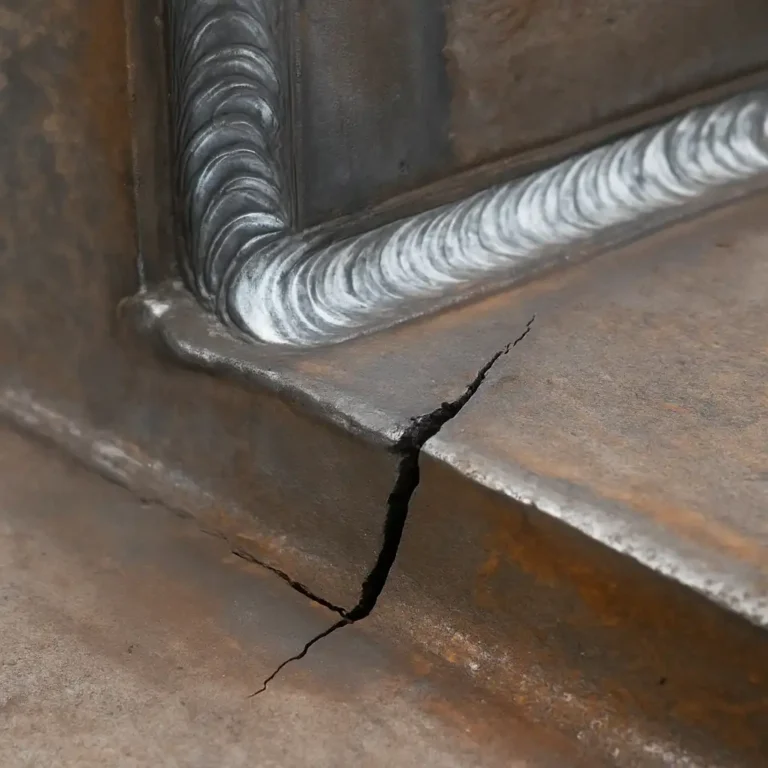Does Welding Weaken Metal? What Welders Need to Know About Heat and Strength
Welding opens up a world of possibilities, from building heavy-duty trailers to fixing busted brackets in your garage. But if you’ve ever worried whether welding makes the metal around your joint weaker, you’re not alone. It’s a valid concern—and one that’s worth understanding. The short version? Welding can weaken metal, but it doesn’t have to….


